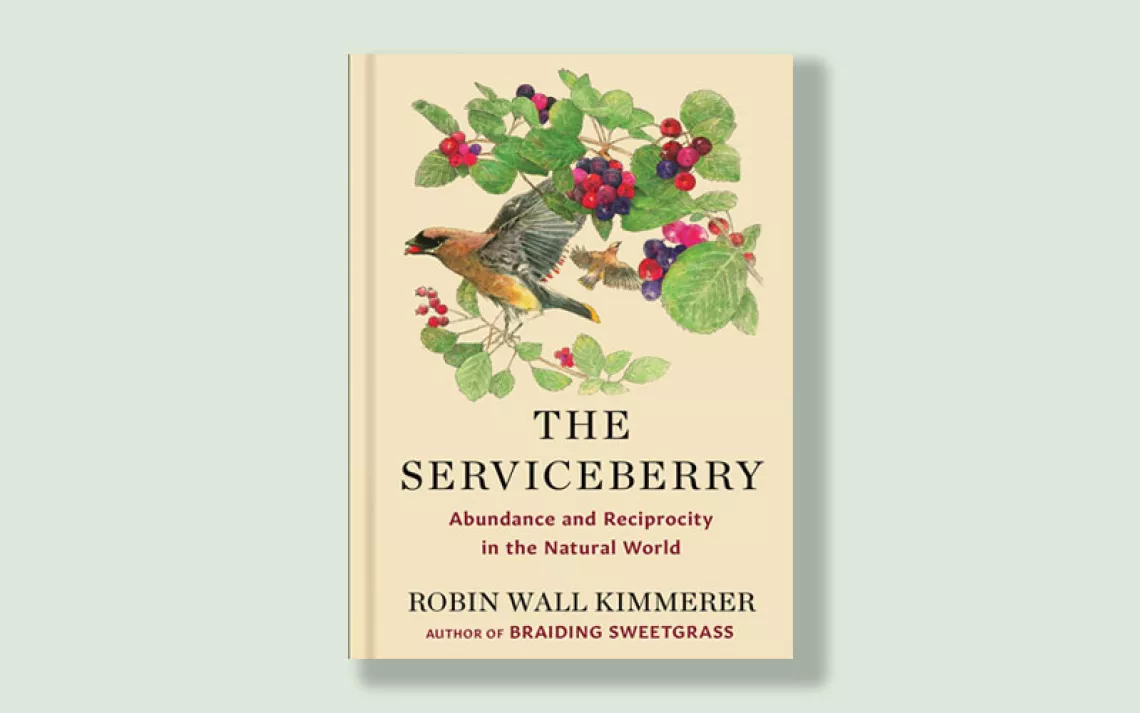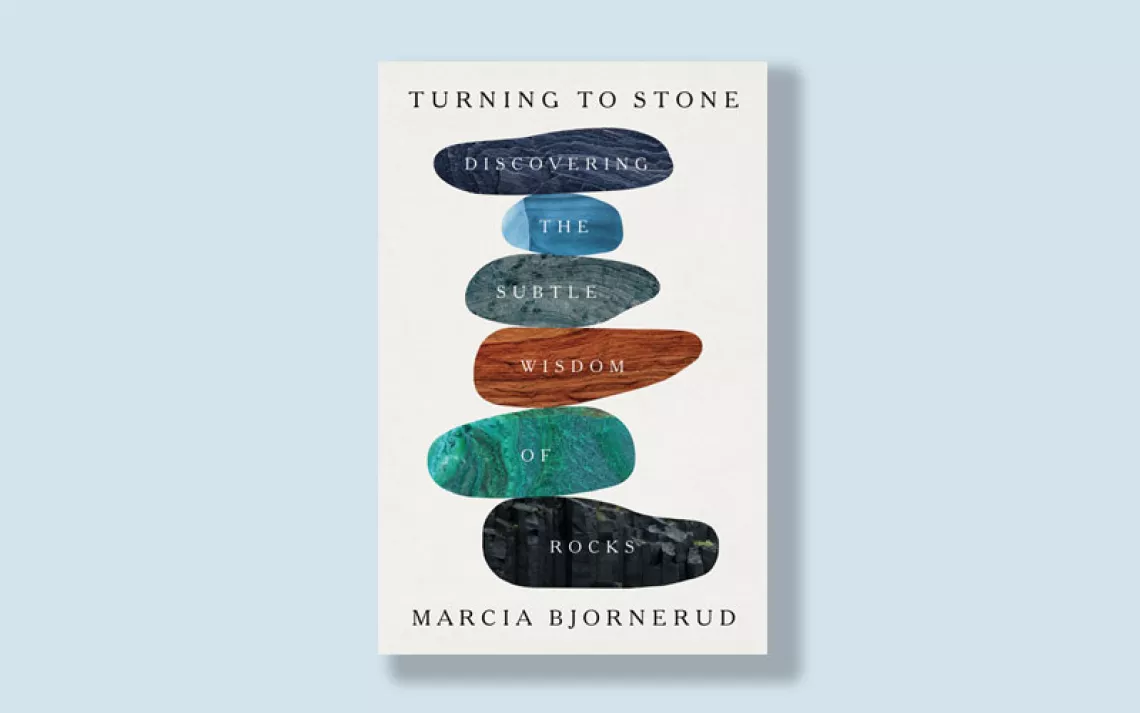"The Lorax" Is Still Speaking for the Trees
The Dr. Seuss classic is tailored for these times

Theodor Geisel, a.k.a. Dr. Seuss, was no fan of environmentalists, whom he considered "preachy." The title character of his now-canonical The Lorax (Penguin Random House) is a caricature eco-scold: "Oldish . . . and mossy . . . with a voice that was sharpish and bossy." But when a eucalyptus grove near his California home was threatened, Seuss (who had once drawn cartoons extolling pesticides and Standard Oil) was moved to write one of the top-selling environmental parables of all time. A year before his death, Seuss would say that The Lorax was "the best thing I've ever written."
Revisit the book 50 years after its publication and you may roll your eyes at the stereotypical curmudgeonly Lorax. But the book's spirit far eclipses its unsympathetic protagonist, and The Lorax still deserves a place on every kid's bookshelf.
The book's ecological insights are impressive. A decade before scientists came up with the concept of trophic cascades, Seuss sketched a drama in which the deforestation of the Truffula trees ("they had the sweet smell of butterfly milk") starves out the ursine brown Bar-ba-loots. Seuss perfectly pilloried the cancerous logic of capitalism: "Business is business! And business must grow." And most important, Seuss knew how to invest young people with a feeling of agency: "Unless someone like you cares a whole awful lot, nothing is going to get better. It's not."

Make every day an Earth Day
Get articles like this one sent directly to your inbox.
With this action you affirm you want to receive Sierra Club communications and may vote on policy designated by the Sierra Club Board.
Putting the weight of the world on tiny shoulders isn't fair. But in the era of youth-led climate activism, the closing scenes of the book seem tailored to these times. A half century after it was published, The Lorax remains a fable that's all too real.
 The Magazine of The Sierra Club
The Magazine of The Sierra Club



